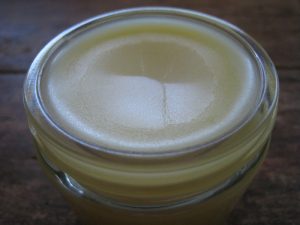Herbal Liniments
Simple to make, herbal liniments are a great element for any home medicine cabinet! They offer instant relief for pain, inflamed muscles, bruises, and sprains.
Depending on which botanicals are included, liniments can be used to disinfect cuts and wounds, and may benefit a variety of conditions including sore and inflamed muscles, joints, circulation problems, arthritis, rheumatism, sprains, strains, and bruises.
Liniments may also be formulated to warm or cool. Warming herbs like Black Pepper, Cayenne, or Ginger can be added to stimulate blood circulation and assist with arthritis, pain, stiffness, and conditions aggravated by exertion or cold weather. Cooling herbs like Peppermint or Menthol crystals are useful for swelling, inflammation, and areas that are hot due to sprains, bruises, and other injuries.
http://mountainroseblog.com/making-herbal-liniments/







 Reply With Quote
Reply With Quote





Bookmarks